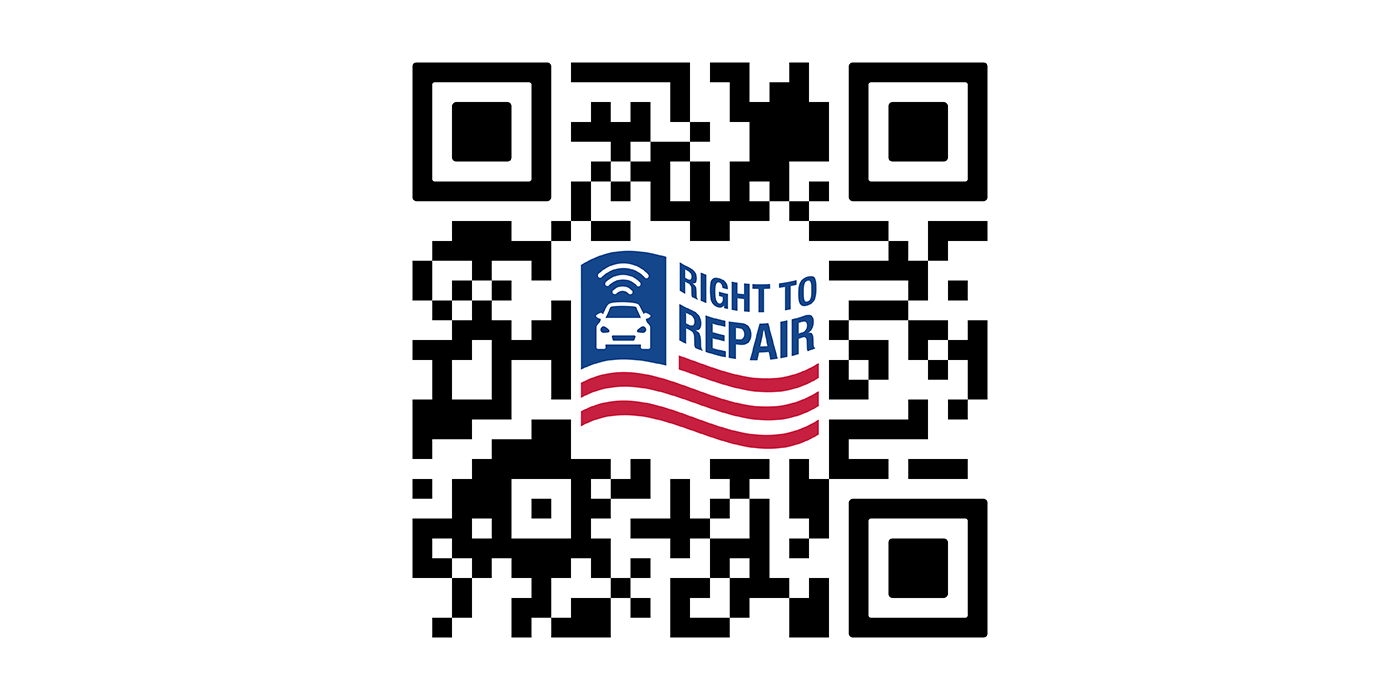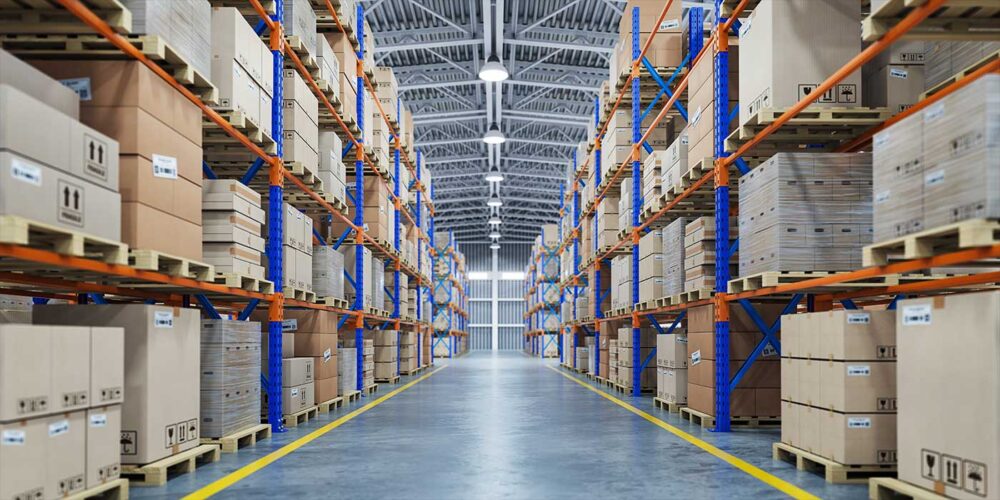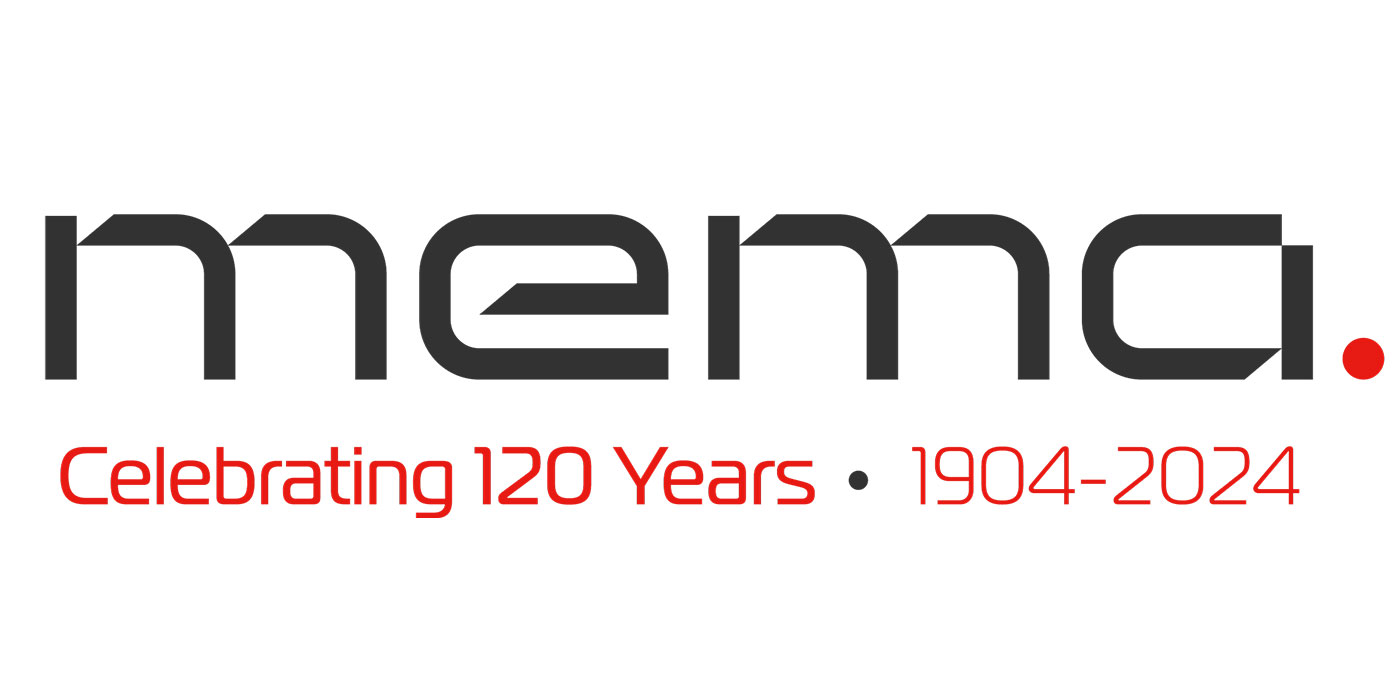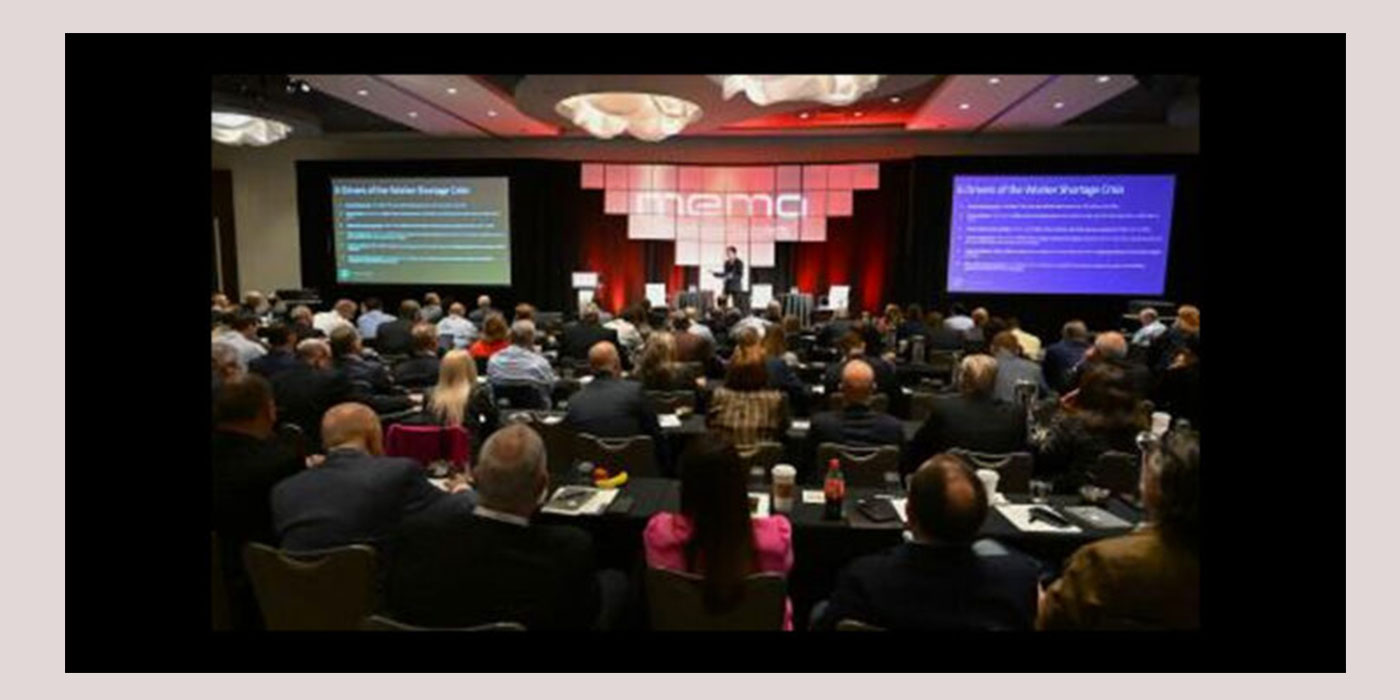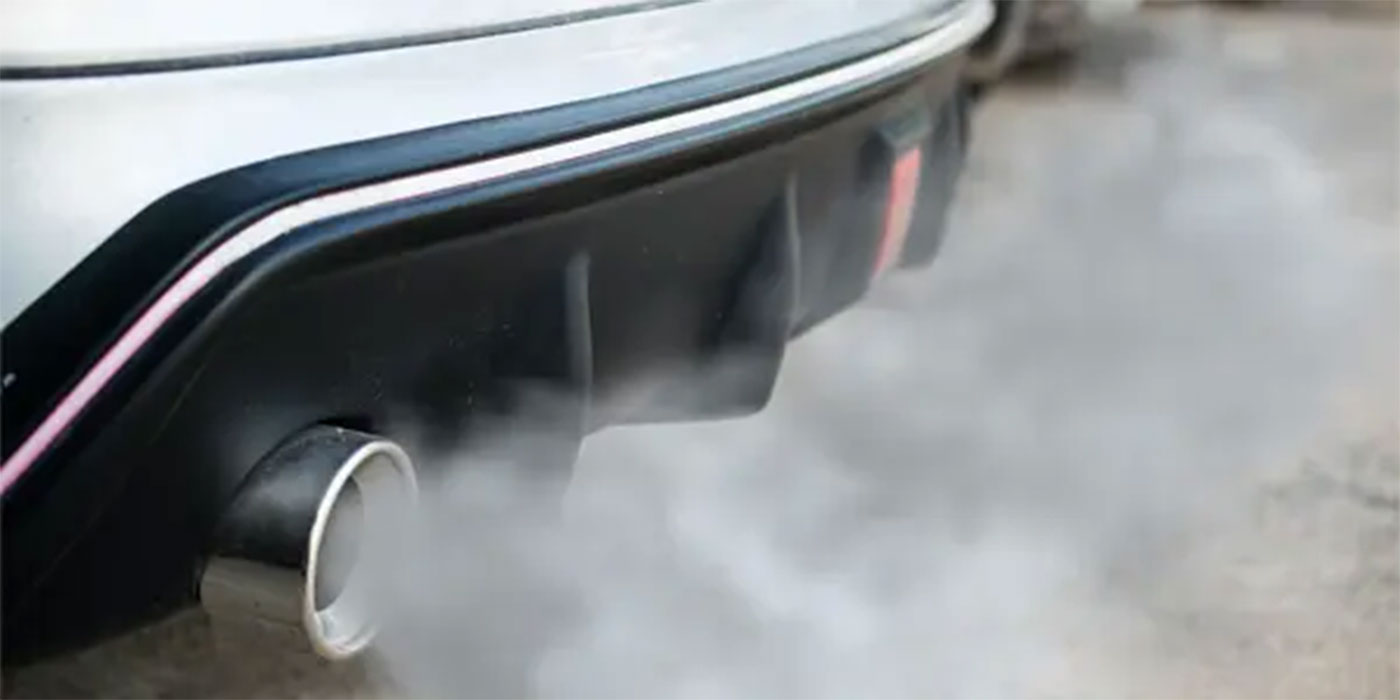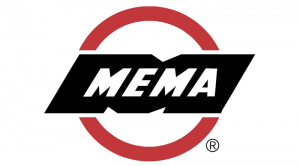 Two proposed policy changes – imposing a border adjustment tax (BAT) and withdrawing from the North American Free Trade Agreement (NAFTA) – would likely fail to achieve their goal of reversing the trend of offshoring manufacturing to low-cost countries and could potentially harm the U.S. motor vehicle industry, according to a new study by The Boston Consulting Group (BCG).
Two proposed policy changes – imposing a border adjustment tax (BAT) and withdrawing from the North American Free Trade Agreement (NAFTA) – would likely fail to achieve their goal of reversing the trend of offshoring manufacturing to low-cost countries and could potentially harm the U.S. motor vehicle industry, according to a new study by The Boston Consulting Group (BCG).
The study, commissioned by the Motor & Equipment Manufacturers Association (MEMA) and conducted independently by BCG this spring, examined the real-world implications of a border tax and changes to NAFTA on the motor vehicle sector – how they would impact new vehicle and supplier costs, new car features and prices, consumer purchases, jobs and trade. It also looked at how global macro trends in the industry are affecting the goal of encouraging reshoring and what alternative policy actions could be taken to spur growth in U.S. automotive manufacturing. It found that car prices, vehicle sales, supply chain decisions and industry employment could all be negatively affected by the proposals.
“Vitality in the motor vehicle sector hinges on a globally integrated supply chain,” said Xavier Mosquet, a Detroit-based senior partner at BCG and the lead author of the study. “By introducing new tariffs, a border tax and a retreat from NAFTA would greatly impede the industry’s relatively smooth and cost-effective flow of goods across borders in North America and around the world.”
Breaking Down the BAT
As currently envisioned, the border adjustment tax is a byproduct of corporate tax reform. In concert with lowering corporate tax rates to 15-to-20 percent, the BAT would impose at least a 15 percent tax on imports while exempting the value of a company’s exports from business taxes. BAT supporters in Congress hope that the added import fee will encourage manufacturing in the U.S., while contributing funds to help cover the overall corporate tax cut.
Analyzing the implications of a 15 percent BAT on the motor vehicle industry, the BCG study found that U.S. automakers (OEMs) and suppliers would pay $34 billion in import taxes annually while realizing only $12 billion in export benefits. This translates into an average $1,000 increase in per-vehicle manufacturing costs at the top 12 OEMs selling cars in the U.S.; a 20 percent BAT would add an average of $1,800 to per-vehicle production costs.
The precise cost impact for individual OEMs would differ based on the types of vehicles they manufacture, whether their factories are in the U.S or elsewhere, and the price range and models in their brand portfolio. Among OEMs assessed by BCG, the automaker with the least advantageous sales mix relative to these criteria would face an average $3,000 per vehicle production cost increase if a 15 percent BAT were instituted. The OEM in the best position would actually save on average $500 per vehicle in its fleet, chiefly because of brisk tax-advantaged exports of its more expensive vehicles manufactured in the US.
Drilling down even further to the impact of a border tax on specific vehicles, BCG found that the manufacturer’s suggested retail price (MSRP) of a $29,693 automobile assembled and sold in the U.S. would increase by about $450 if a 15 percent BAT were put into effect. That pales against the $1,500 sticker price inflation on a $22,640 car made in the U.S. by a non-domestic OEM that buys many of its parts from suppliers outside of the U.S. Some foreign manufacturers would have to charge anywhere from $2,700 to $4,000 more per vehicle to make up for the BAT.
To minimize the impact on their spending and hit a price point they can afford, consumers would likely forgo certain vehicle features, including advanced safety and driver-assist technology, like rearview cameras and automatic braking and parking functions. This, in turn, would diminish motor vehicle industry employment in the U.S. Three-to-five percent of the jobs in U.S. supplier factories – 20,000 to 45,000 positions – could be impacted, BCG estimates.
More than likely, repercussions from a border tax would be felt keenly in the short run. Longer term, however, uncertainty about currency fluctuation makes a BAT’s impact more difficult to predict. According to economic theory, a BAT should have no impact on trade in the long run due to the resulting appreciation of the dollar. This projected increase in the value of the dollar would offset higher taxes on imports and lower taxes on exports, resulting in no change in trade levels. Still, it is unlikely the dollar could fully strengthen fast enough to mute the initial harmful effects of a BAT on motor vehicle companies, BBG noted.
Why Leaving NAFTA Would Be Costly
The threat by the U.S. administration to walk away from the NAFTA trade pact carries at least the same potential implications for the motor vehicle industry as calls for a border tax because of the outsize trade among U.S., Mexican and Canadian automotive companies. In place of NAFTA, some policymakers have called for tariffs on autos and auto parts coming into the U.S. from Canada and Mexico, ostensibly as a way to protect U.S. motor vehicle industry jobs and to encourage vehicle manufacturers to build or expand plants in the U.S.
The study found that U.S. tariffs in the range of 20 to 35 percent would add $16 billion to $27 billion to automotive costs in the U.S market. At the top-12 passenger vehicle manufacturers in the U.S, a 20 percent tariff on Mexican imports would translate into a $650 average increase in per-vehicle production costs. The OEM that is most reliant on imports would see its per-vehicle costs rise by an average of $1,100, while the OEM least dependent on imports would face an average $100 markup per vehicle, according to BCG’s analysis. As a result, car buyers could reduce as much as 6 percent in supplier content—and 25,000 to 50,000 positions in U.S. supplier factories.
An important change in NAFTA rules would weaken the ability of U.S. motor vehicle companies to compete globally, says BCG. About half of all imported parts that U.S. OEMs procure for vehicle production come from low-cost countries and nearly 50 percent of these components are from Mexico. An increase in NAFTA’s tariffs or rules of origin could drive up costs per vehicle substantially. And it would place the U.S. motor vehicle companies at a disadvantage against, for instance, German automakers, which import about the same percentage of components from low-cost countries as their U.S. counterparts do now.
The Reshoring Challenge
If the support for a border tax and withdrawing from NAFTA is intended to create conditions that encourage the expansion of U.S. automotive factories and reshoring from other countries, macro trends in the global auto industry work against that outcome. The primary obstacle: the U.S. market for vehicles has peaked, at least for the foreseeable future, according to BCG.
The projected seasonally adjusted U.S. light-vehicle sales rate in 2017 is 16.5 million units, down from 17.5 million last year, and sustainable sales through 2025 are unlikely to surpass the peak of 17.5 million units. Consequently, it would not make sense for OEMs to invest in new plants or enlarge operations in this environment. U.S. motor vehicle suppliers face a similar capacity situation in North America.
Beyond the unfavorable market conditions for plant expansion in the U.S., there would be limited business rationale for reshoring Mexican production of auto parts back to the U.S. if a border tax were imposed. Calculating production cost changes for two automobile interior components, BCG found that a part costing $15.30 per unit to assemble in Mexico would cost $2 more to make in the U.S., including the savings from avoiding the 15 percent BAT. The increase would chiefly be due to higher labor costs. Production costs for a $100 part would drop by about $11 per unit if manufacturing were shifted to the U.S. from Mexico. But at that rate, it would take nine years to pay back a $50 million factory investment in the U.S., well above the three-year return on investment period that manufacturers typically aim for, BCG projects.
Other Actions That Could Be Pursued
Since it is clear that trade barriers would not be helpful to the U.S. motor vehicle sector, the study outlines six steps that political leaders and policymakers could consider as alternative ways of enhancing U.S. competitiveness in the industry:
- Infrastructure. Invest to overhaul and modernize the nation’s highways, bridges, and ports.
- Trade. Provide tougher enforcement of “fair trade” policies and enhanced protection of U.S. intellectual property abroad.
- Tax Policy. Increase the attractiveness of repatriation of accumulated foreign earnings.
- Workforce Development. Invest in building a workforce equipped with the skills needed for the manufacturing jobs of tomorrow.
- Corporate Average Fuel Economy (CAFE)/Greenhouse Gas Emissions. Harmonize standards across agencies and retain and increase off-cycle technology credits.
- Safety Standards. Update the New Car Assessment Program (NCAP) to include information about crash avoidance and pedestrian protection features as part of the 5-star ratings.
Steve Handschuh, president and CEO of MEMA, which represents more than 1,000 motor vehicle parts suppliers, said the focus of the debate should be on policies that will make manufacturing in the U.S. more competitive, thus creating more jobs and greater economic stability. By directly employing more than 871,000 Americans and generating a total employment impact of 4.26 million jobs, motor vehicle parts suppliers are the largest source of manufacturing jobs in the US. In addition, more than 77 percent of the value of a vehicle manufactured today is created by motor vehicle parts suppliers.
“President Trump has said that he wants to increase jobs in America and put forward tax reform and trade policies that are in the best interest of American businesses, consumers and workers,” said Handschuh. “The objective of tax reform and NAFTA renegotiation must be to strengthen U.S. manufacturing competitiveness, and MEMA is working hard to make sure this objective is met.”
A summary of the analysis and findings can be downloaded from MEMA.org at http://bit.ly/2tbMVHh. A more detailed report will be published later this year.




